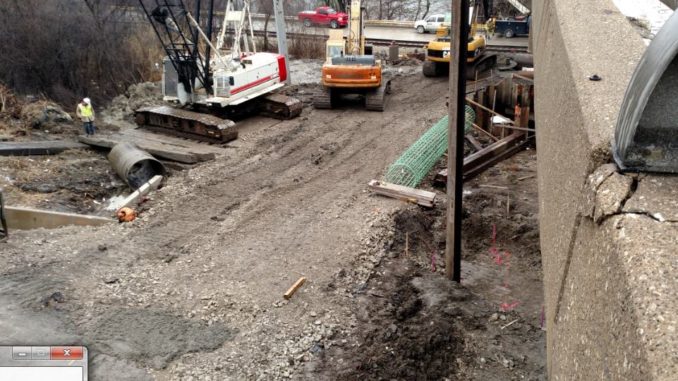
I was recently asked to assemble some bullet points concerning Constructability Reviews – What are they? Who performs them? And what do the reviews entail? I thought I’d share my thoughts in a short post that will help you decide on how you want to perform your analysis.
Constructability reviews are conducted during various phases of a design effort. The structured review is performed to validate that a project can be built as designed, identify potential construction-related issues and develop & present alternatives to the design team for evaluation. The review is typically performed by a team member who is not directly involved in design document preparations and who is experienced in the construction phases of similarly-scoped projects.
I like to break the job down into a 2 categorical reviews:
–Review the job’s Overall Project Constraints
–Review the various Technical Review Categories in greater detail.
1. Overall Project Constraints
The first step in reviewing a set of drawings is to get a 30,000 foot view of the job as a whole. I’ve written extensively about starting a plan review in my articles on Resident Engineer’s Toolbox – Organize Your Plan Review and Resident Engineer’s Toolbox – Digging Into the Plans . I’d urge you to got back and re-read these.
You need to have a full understanding of your battle space. Where are you? What is your jobsite bounded by? These simple questions are simple but the answers need to be understood in order for you to have a good overall picture of the project.
I like to use a Work Breakdown Structure to format my reviews – Here is how I categorize this first overall review:
Let’s look at a couple of these categories in detail.
Construction Constraints
As a constructability reviewer, you have to know & understand what bounds you:
- Right of Way and adjacent properties
- Adjacent construction contracts
- Local agency roadways
- Airspace constraints
- Below-grade limiters (like utilities, groundwater & soils)
- Operational impact factors that might effect site access, traffic flow or material delivery
Construction Schedule & Work Periods
A lot of times, reviewers take these issues for granted, yet understanding the time-based constraints are critical:
- Work periods
- Noise restrictions
- Lane closure restrictions (daytime, night & weekends)
- Utility outage periods (or lack thereof)
- Overall job completion timeframe
- Seasonal & potential weather impacts
Keep this in mind: Don’t dive into the heavy details at this early stage. Develop a global understanding first, then you can move on to….
2. Technical Review Categories
Only after you’ve developed an understanding of the site and the project parameters are you ready to dig into the details of the job. Usually, reviewing the individual work groups takes a solid knowledge base & field experience in building the various elements. You have to have seen something actually constructed to assess it.
I’ve gone through and identified the various Work Groups you are likely to be exposed to:
Bridge Construction
Since high cost constructability issues are generally associated with bridge construction, this is one area of focus.
- Material lay down area requirements
- Crane placement
- Beam & girder erection planning
- Temporary support requirements (shoring towers, bracing, coordination with ground-level elements)
- Traffic patterns bordering the work area causing spatial constraints for construction operations
- Contractor ingress & egress requirements to the work area
- Bridge foundation construction considerations
Foundation Construction
Foundations are typical high construction costs elements that require input from the construction team
- Foundation type review & optimizing selection
- Soils report review
- Equipment spatial requirements
- Work area access review
- Crane & material handling operational requirements
- Vibrations & displacement monitoring requirements
Temporary Earth Retention System Review, Selection & Optimization
- System type & method selection
- Site construction logistics & needs
- Heavy equipment placement locations & restrictions
- Temporary vs. permanent systems
- Adjacent areas/use impact effects of selected systems
Drainage & Utility Coordination
- Installation relative to traffic staging
- Pipe jacking & boring construction & operational requirements
- Temporary earth retention review for deep utilities
- Temporary drainage needs due to construction staging & maintenance of traffic requirements
- Utility relocation requirements (underground and aerial)
Work Zone Constructability
Work zones, MOT and construction site access are reviewed:
- Paving equipment requirements (both for PCC and HMA pavements)
- Conflicts with adjoining contracts
- Coordination with adjacent agencies & concurrent projects (detour routes)
- Work area ingress & egress locations, needs for off-site property easements & use agreements
- On-site material handling & processing locations (concrete or HMA crushing & recycling, earthwork stockpiling)
MOT Staging Development
Traffic staging, particularly on high-volume interstate or Tollway projects, is a key component of the interplay between providing a safe roadway system for the motoring public while construction activities are being undertaken:
- General sequencing of the work
- Coordination of traffic stages with underground construction requirements
- Assess need for off-ROW site access and/or haul roads
- Temporary concrete barrier requirements
Construction Schedule
- Overall review of construction scheduling, phasing of work
- Stage-by-Stage review (MOT phasing or general work package assembly logic)
- Workforce production forecasting
- Weather-sensitive work elements & winter shutdown considerations
- Railroad coordination impacts
- Long-lead, owner-furnished & material procurement planning
- Accelerated bridge construction implementation consideration review
Plan Detail & Specification Review
Design development often-times requires the assistance of a construction-experienced team member to assess constructability issues with specific construction details. This is one area that is often-times missed by constructability reviewers: We’d rather be looking at the big shiny things than the details. But as the saying goes -The devil is in the details. A good review ALWAYS looks over the details and specifications
After Actions Items
I’ve tried to provide a “broad brush stroke” of topics & ideas in this article to help you setup your own constructability review system. You will certainly have to tailor your categories to the types of project elements you’re working with. I have several templates and checklists that I’ve developed over the years that I’m constantly updating. If you are interested in seeing some of my checklist setups, drop a comment (below) and I might be able to get you started.

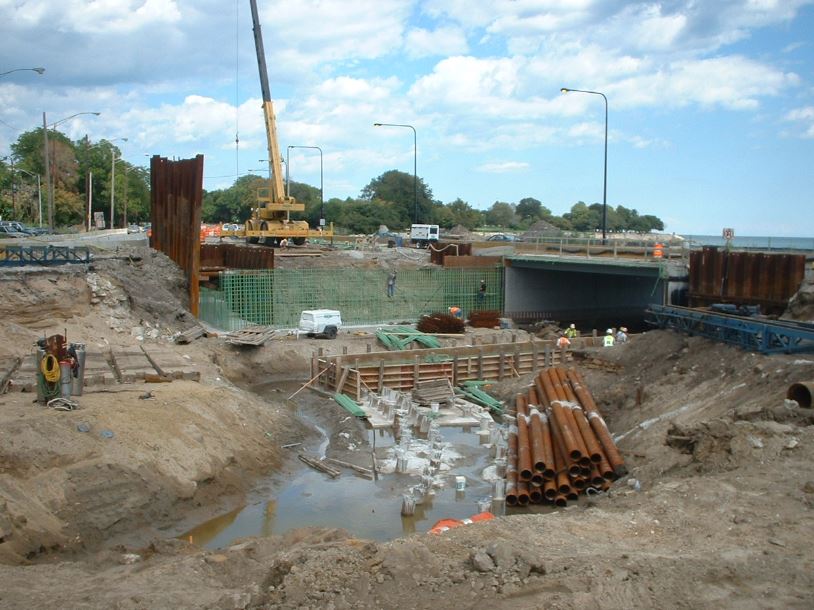

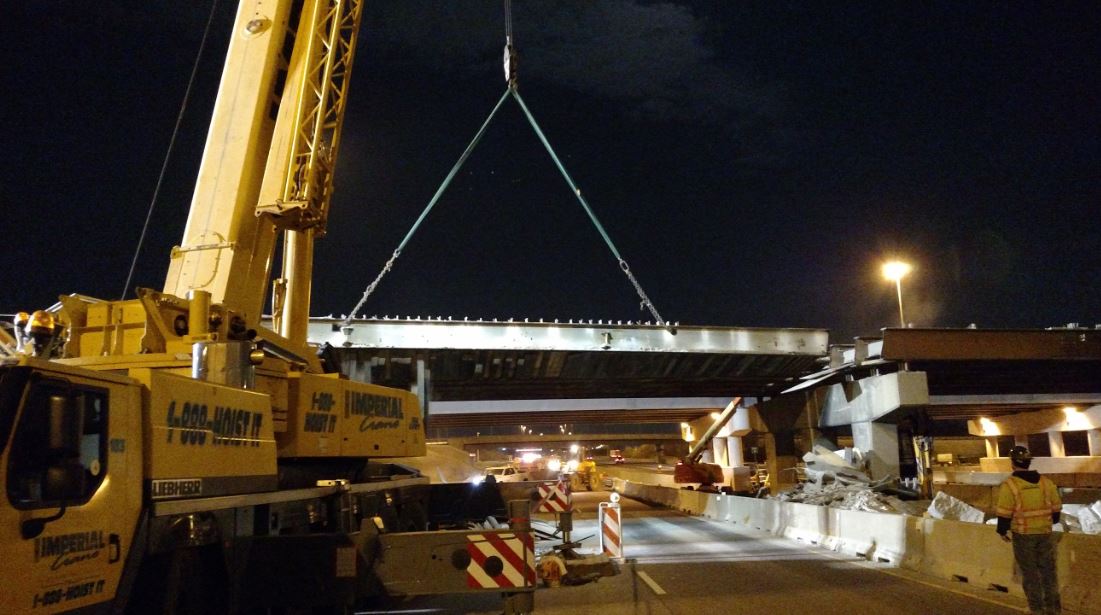
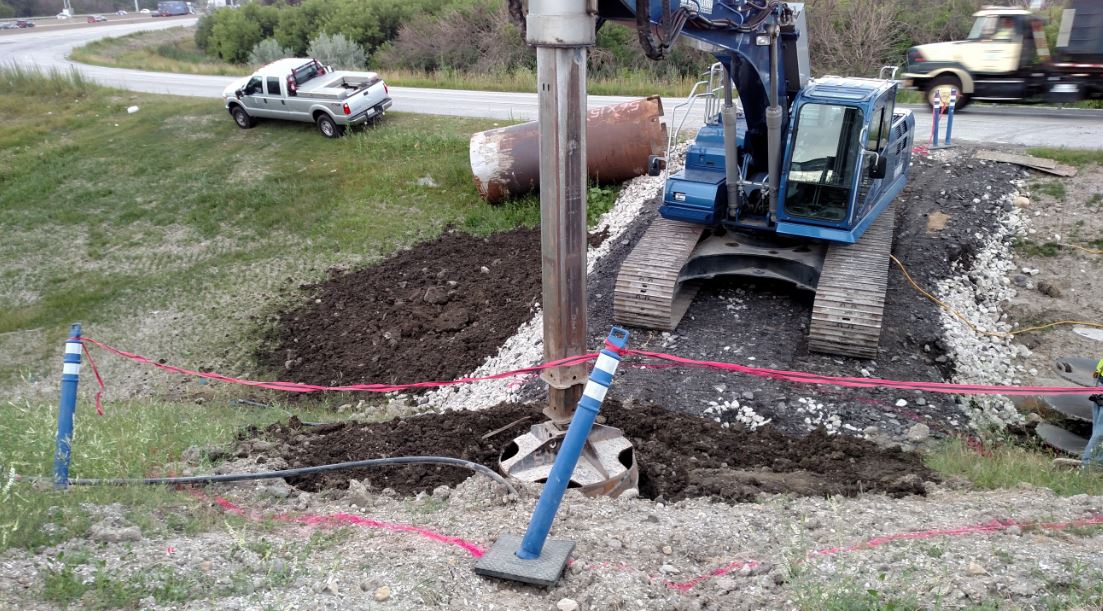
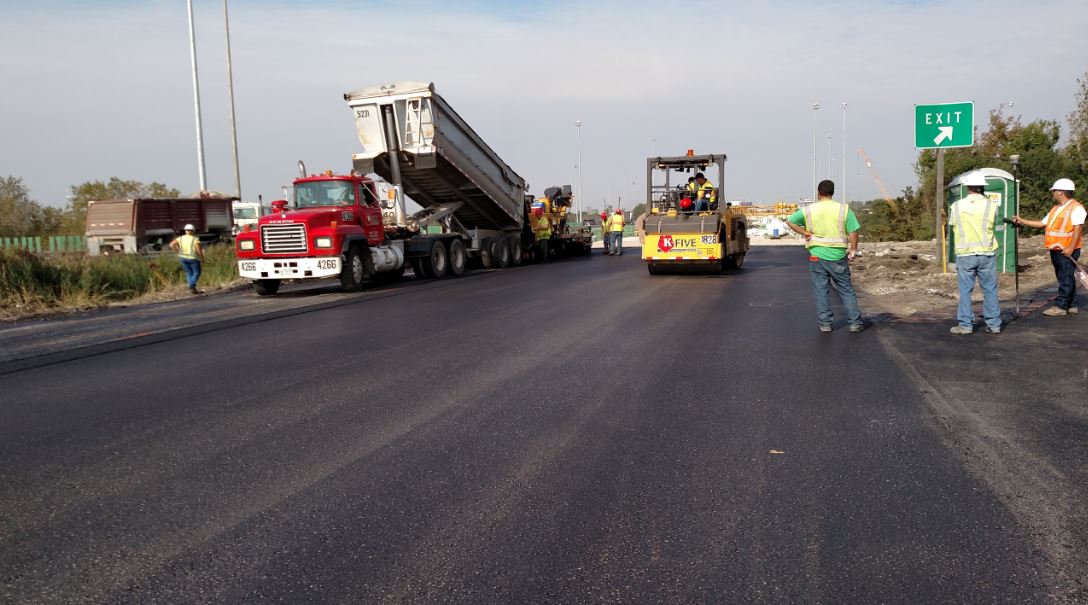
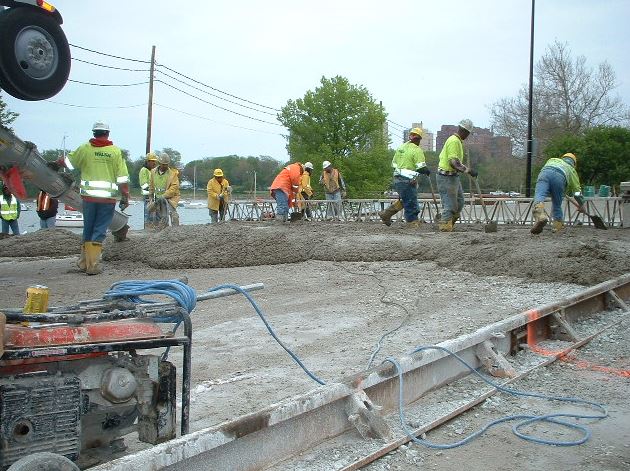

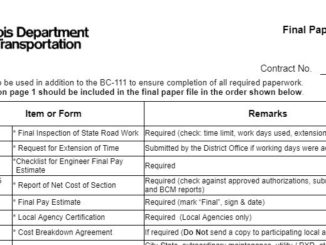

Hi,
I read your article regarding Constructability Review. I am an “old” engineer who has done mostly vertical construction and power/industrial plants. I recently accepted a job and was later given a task to perform a Constructability review of a Roadway with a bridge widening. You mentioned in your article that you have some templates and checklists that you have developed. I would be grateful if you could share and send me a sample of your template on Roadway and bridge widening projects. The project is in Barstow California.
Thank you very much for your help.
Elmer Cabero
elmerc1988@gmail.com
Hello Mr. Hildebranski,
Your site provides valuable intel and I have added much to my quiver.
Would you be able to provide some intel for a constructability/technical review of a municipal water plant expansion? It’s a 300MM project that I have been given this week to provide as part of a small team.
Any help in the form of forms and procedures would help me ensure I have covered all bases.
Thank you,
Dan Becker
Resident Engineer
Thanks for reaching out, Dan! Check your email – I passed on a few thoughts that (I hope….?) will be of use to you.